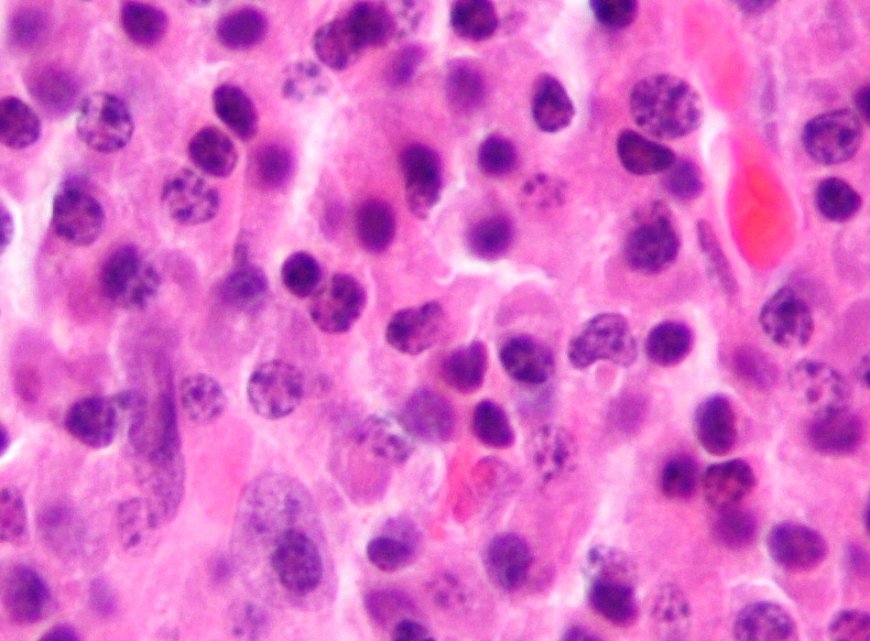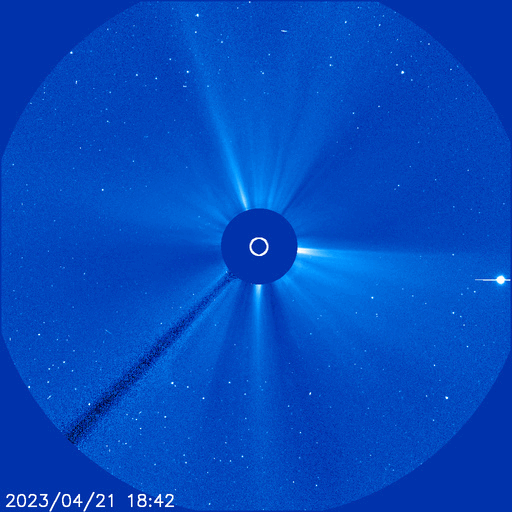Ireland's First BioBrillouin Microscope for Non-Invasive Cell and Tissue Assessment
Trinity College Dublin introduces Ireland's first BioBrillouin microscope, revolutionizing research in inflammation, cancer, and more. This innovative tool allows non-invasive mapping of cellular and tissue mechanics in real-time, offering valuable insights without disruption.

This article has been reviewed according to Science X's editorial process and policies. Editors have highlighted the following attributes while ensuring the content's credibility:
Trinity College Dublin now has Ireland's first and only BioBrillouin microscope, which will enable researchers to make giant strides in the fields of inflammation, cancer, developmental biology, and biomedical materials, among others.
Cellular and tissue mechanics are potent regulators of disease, dysfunction, and regeneration, and understanding them is thus a major focus of biomedical researchers. But existing methods are invasive and limited in the information that they can provide.
However, the incredible new Brillouin microscope can map and quantify the compressibility, viscoelasticity, and the detailed mechanics of materials and biological tissues, using noninvasive light. This enables researchers to assess the mechanical properties of live systems (such as cells and tissues) without interfering with them, allowing them to monitor a system and how it changes over time.
It is based on light scattering from the result of interactions between a photon of light and the acoustic phonons of a material, which are impacted by the material's mechanical properties.
The Brillouin microscopy system has been installed in the lab of Prof. Michael Monaghan in the School of Engineering at Trinity, where it is housed in the Trinity Center for Biomedical Engineering at the Trinity Biomedical Sciences Institute.
'\"Being the first commercial system in the world, we have tremendous technical support from the vendor, CellSense Technologies GmbH, with whom we have worked closely with to get the system on the ground. Our success is their success,\" said Prof. Monaghan, who is a contributor to an expert consensus paper published in Nature Photonics.
This statement gathers the expertise of international experts in the application of Brillouin microscopy in biomedical applications.
\"Studying the mechanical properties of live systems is hugely relevant in myriad fields, and promises to enable leaps forward in our understanding of the ways in which inflammation and cancer develop, for example,\" added Prof. Monaghan.
\"However, it's also important to understand its use is not limited to biomedical research and related applications—it will help scientists push boundaries even further in fields such as materials science, ICT, energy storage, pharmaceuticals, and medical devices and diagnostics.
\"This groundbreaking equipment will help us advance frontier science, and we anticipate scientists will travel from all over the world to use it—we have welcomed some already.\"
According to the source: Phys.org.
What's Your Reaction?
 Like
0
Like
0
 Dislike
0
Dislike
0
 Love
0
Love
0
 Funny
0
Funny
0
 Angry
0
Angry
0
 Sad
0
Sad
0
 Wow
0
Wow
0






































































































































































